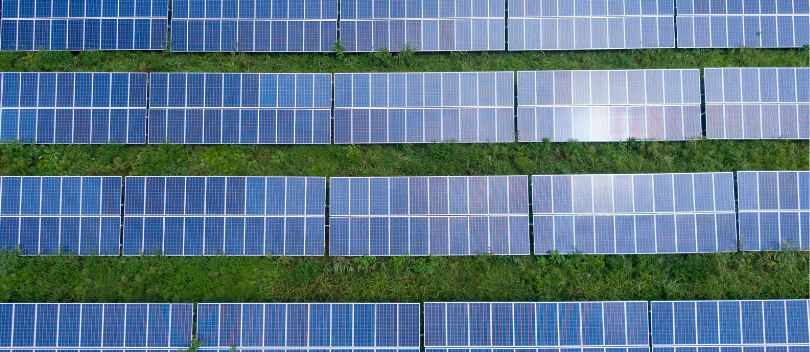Reducing environmental impact is essential for the well-being of current and future generations. Local governments play a critical role in addressing environmental challenges at the community level and can make a significant positive impact on public health, the economy and the overall quality of their citizen’s lives.
Decreasing environmental impact as a local council requires a multifaceted approach and collaboration with community members and stakeholders. In recent times we have seen a large increase in the demand for governance risk & compliance software however we’ve put together some alternative key steps and strategies to help.
Establish Environmental Goals
‘What gets measured gets done’ – this saying rings true in reducing environmental impact.
Set clear goals and targets to reduce environmental impacts within your jurisdiction. This can include greenhouse gas emissions, conserving water resources, promoting waste reduction and recycling, protecting biodiversity, and improving air quality.
Establishing environmental goals will give stakeholders motivation to improve and are an effective means of monitoring progress.
Educate and Engage the Community
Raise awareness about environmental issues and involve the local community in sustainable practices. Conduct educational campaigns, workshops and public events to promote eco-friendly behaviours such as energy conservation, waste reduction and sustainable transportation.
A successful example of this is the UN’s ActNow campaign for individual climate change and sustainability. They launched a mobile app where individuals can choose and track sustainable habits and see the impact in terms of CO2, water and electricity saved. On the app, individuals can also take educational journeys, engage in group challenges, get tips and take quizzes all geared toward living more sustainably.
This campaign has resulted in 12,025,808 climate actions taken around the world – an amazing result!
Develop Sustainable Policies
Create and enforce policies that prioritise sustainability. This could include laws governing building codes, energy efficiency standards, waste management practices and protection of natural areas. Encourage eco-friendly initiatives and practices in local businesses.
Enhance Public Transport
To lessen reliance on personal vehicles, enhance and expand public transportation options. Create a network of efficient and easily accessible public transportation, support infrastructure for biking and walking, and encourage carpooling. This can help reduce traffic congestion and lower air pollution.
Preserve Natural Areas/Green Spaces and Biodiversity
Protect and enhance local parks, forests, wetlands and other natural areas. Establish conservation programs, promote responsible land management practices and create nature reserves or protected areas. Encourage community involvement in conservation efforts through volunteer programmes and educational initiatives.
New York City has done a fantastic job at this. The city is home to over 28,000 acres of green. Each year, the city’s trees capture 1.97 billion gallons of stormwater runoff and store 1.2 million tons of carbon per year. As well as providing an escape from one of the world’s most dynamic urban centres.
Ultimately, reducing environmental impact is an ongoing process that requires sustained commitment and collaboration. By taking the above steps, local councils can take a step in the right direction to reducing environmental impact, creating a more sustainable community and moving digital when possible in the form of a governance risk & compliance software.
